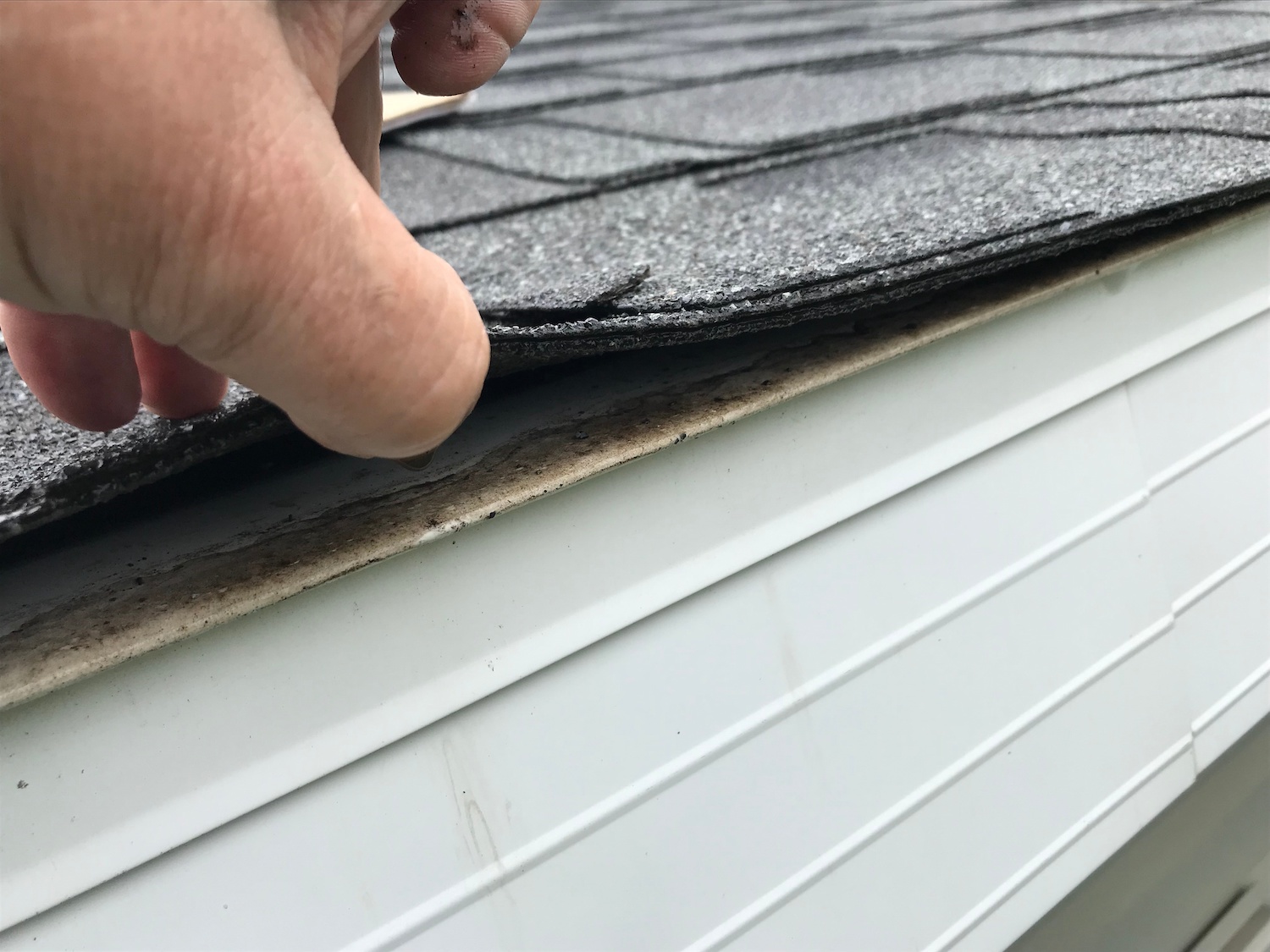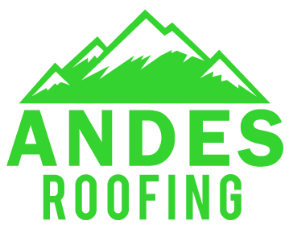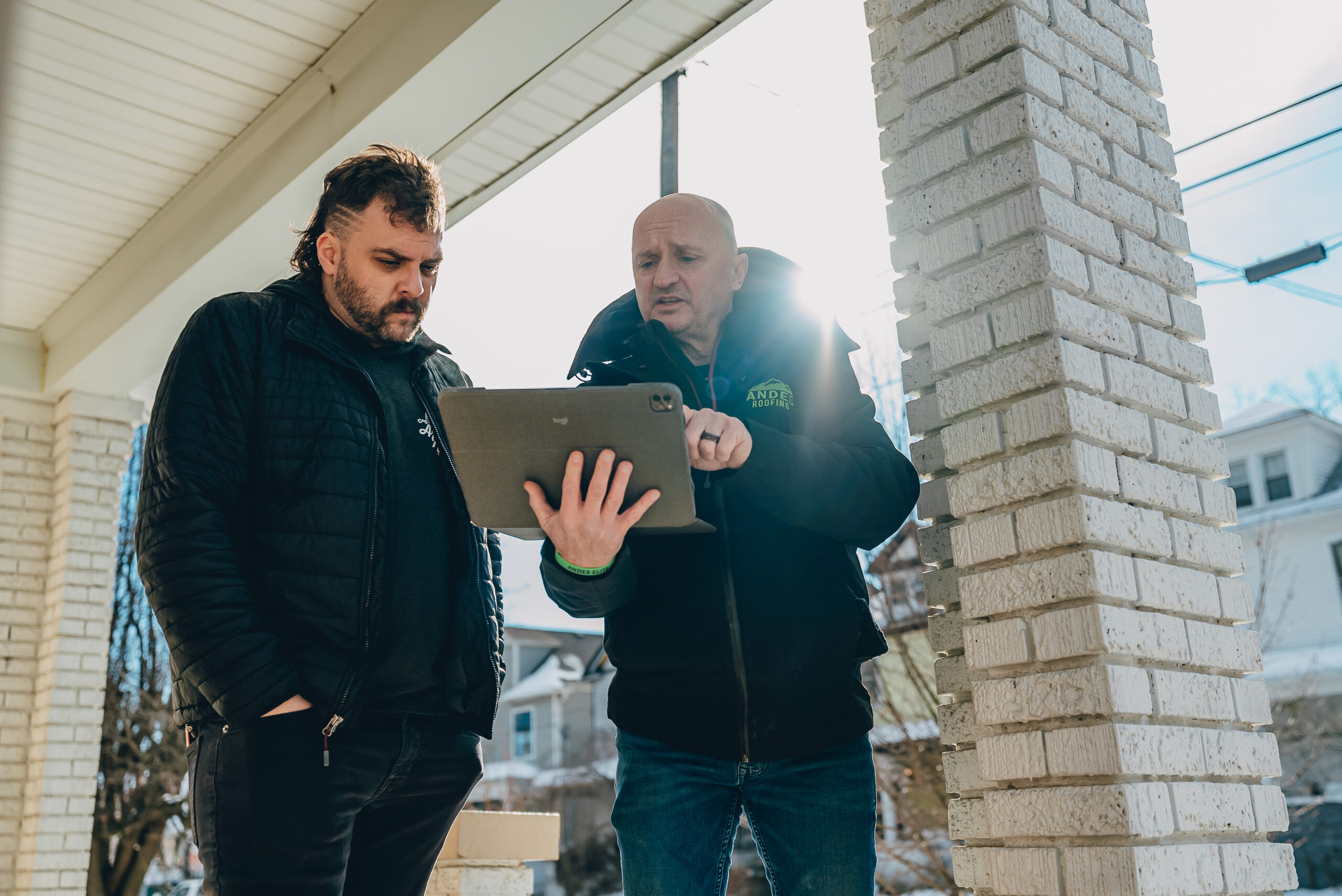Completing a roof inspection on your home is just one of the many regular maintenance tasks homeowners need to perform. Whether you do this job yourself or hire a roof inspector, it’s vital to consider a detailed report of your home’s condition to ensure it’s in good shape.
This comprehensive guide explains everything a roof inspection will cover, what to expect during the inspection process, and how to proceed with the reporting results.
When Do You Need a Roof Inspection?
While most homeowners recognize the need for an inspection when purchasing or selling a home, there are other circumstances where this task is necessary. Some situations that call for one include:
- After an extreme storm
- Homeowners insurance requests
- Annual preventative maintenance
- Preparing for seasonal changes
- Noticeable damage inside on the ceilings or walls
- Visible damage outside on the roof
- Refinancing your home

After Extreme Weather
Any extreme weather can wreak havoc on your roofing material if you live in an area prone to high winds, frigid temperatures, hail, snow, or substantial precipitation. Weather damage is one of the main reasons for an immediate inspection and is something you shouldn’t put off.
Homeowners Insurance Requests
Many companies will ask for a copy of your recent roof inspection when obtaining or renewing a homeowners insurance policy. This step ensures they can consider whether the property is lacking vital repairs that could cause additional damage.
Annual Preventative Maintenance
Giving your home a proper roof inspection yearly can simplify maintenance. In addition, an annual inspection in early fall will reveal problem areas that you’ll likely be unaware of, helping you tackle minor repairs before they progress to major ones.
Preparing for Seasonal Changes
Homes in locations that experience different seasons may need additional preparation. If you live in a region where trees will lose leaves, an inspection can ensure your gutters are clear. And, of course, confirm there are no potential problems before heading into the cold winter months.
Noticeable Damage Inside
Occasionally, homeowners may see some damage inside the home without having any obvious signs outside. For example, it is time for a complete roof inspection if you notice water stains or mold growth on your ceilings or walls where there was none before.
Visible Damage Outside
If you notice any broken or missing shingles, damaged chimney caps, or missing flashing, it’s time for a more thorough inspection.

Sometimes these apparent issues happen as roof materials break down and deteriorate over time. Therefore, if there is suddenly visible damage on the exterior of your home, you should prepare to have a full inspection.
Refinancing Your Home
Refinancing, purchasing, or selling a home will often prompt the bank or financial institution to request a current roof inspection, along with other vital reports. These requests use this information to calculate a valid value based on a property’s condition.
What’s Involved When You Get Your Roof Inspected?
Roof inspections are more than looking for broken or missing pieces outside. A thorough roof inspection will include both an outdoor and interior inspection to reveal any possible issues that could become problematic. They will also identify areas that may require attention later as roofing materials age.
Every step in the roof inspection process provides critical information regarding the roof’s condition for the homeowner. There are various types of inspections that a professional roofing contractor can offer. Each method has its advantages and will involve different techniques, including:
- Physical inspection
- Using drones
- Including infrared technology
Physical Inspection
A roofing professional can easily do a visible inspection on a single-story house or a building with a flat roof. These experts will climb on the roof, and complete a material inspection, while also exploring the attic space and house interior for problems.
Drone Technology
Homes with a steep pitch or hard-to-reach areas could benefit from drone technology for visual inspection. These mobile units feature cameras that can get close to these sections to examine for damage or possible issues.
Infrared Roof Inspection
Another helpful method of roof inspections many local pros use is infrared technology. These devices make it straightforward to look for moisture buildup that could lead to water leaks and long-term damage.
What a Roof Inspector Looks For
Knowing what roofing problems a professional looks for while completing their exam of your home’s roof can help you understand how important it is to have a regular inspection.
Some common issues professional inspections will look for outside include:
- Missing or broken shingles and curling shingles
- Cracked or broken vent pipes
- Problems with rubber boots around pipe vents
- Chipped or broken roof drip edge pieces
- Possible sections for ice dams
- Sagging sections
- Tilting or leaning exterior walls
- Loose, cracked, or damaged gutters

Standard problems inside that a home inspector will be on the lookout for are:
- Water stains
- Mold or mildew
- Rotting beams or drywall
- Wet or damp insulation
- Condensation buildup
Do You Need a Roofing Company To Complete Your Roof Inspections?
The roof is your home’s first line of defense against the elements. Regular roof inspections are critical for ensuring that it stays in excellent condition and that homeowners are aware of basic issues they could deal with themselves.
While you could do a visual home inspection, having a certified roof inspector complete the job can provide a more comprehensive overview. You will receive a thorough roof inspection report that includes recommended repairs, insurance company claims data, and other possible issues that require attention.
A reputable roofing contractor that performs roofing inspections will vary in cost, depending on their methods, your home’s structure, and location. Typical roof inspections cost between $120 and $350 each time using roof inspectors from professional roofing companies.
Although this amount may seem high initially for a roofing inspector, it is well worth the peace of mind so you can avoid costly repairs from simple problems. A valid roof certification can aid with an insurance claim, keep your new roof in top condition, and reveal other signs of damage to prevent structural problems later.






